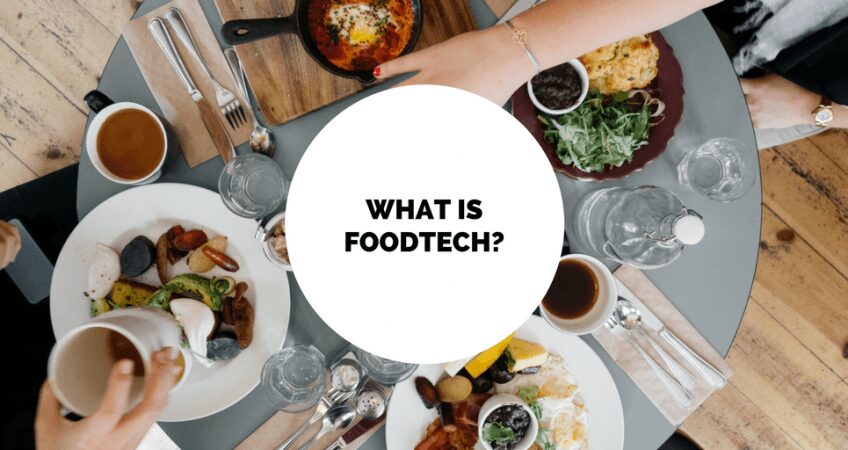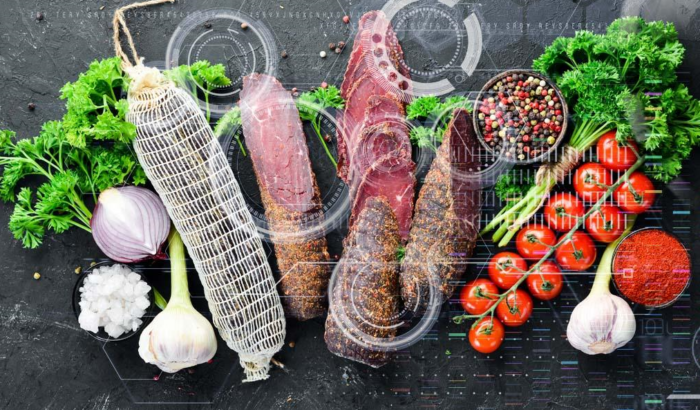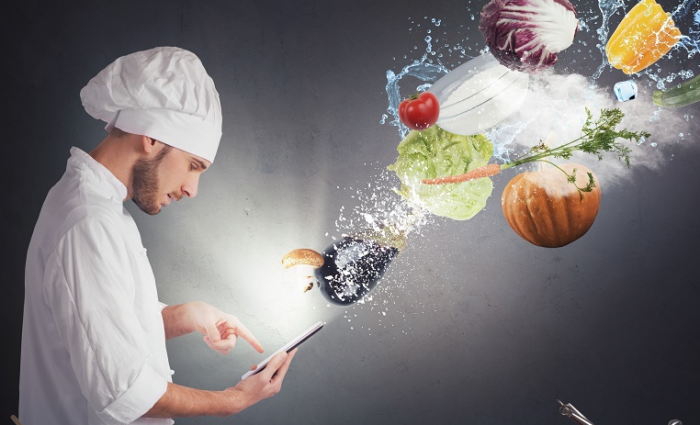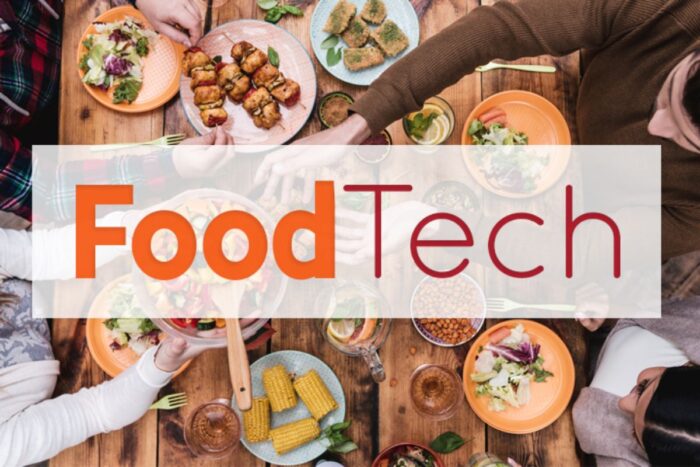
When you merge the dynamic world of technology with the essential domain of food, you arrive at a revolutionary term: “What is FoodTech?” At its core, FoodTech is the application of technology to improve various aspects of the food industry.
From enhancing the production process to ensuring seamless delivery to consumers, FoodTech has transformed the way we interact with our daily sustenance.
FoodTech isn’t restricted to a singular domain; it spans multiple industries. It encompasses the tech-driven evolution in food production, leveraging data to optimize farming techniques and the use of advanced ingredients sourced sustainably.
This extends to the FoodTech software development of platforms that help companies engage better with customers, manage supply chains efficiently, and even package products in innovative, eco-friendly ways.
In a market driven by consumer demand and rapid tech advancements, FoodTech startups are rising to the challenge, seeking solutions that benefit both the industry and its customers.
The journey from farm to fork has never been more interconnected. As we dive deeper, we’ll explore how FoodTech is reshaping our relationship with food.
The Challenges of FoodTech: A Deep Dive

The marriage of food and technology, while innovative, isn’t without its hurdles. As FoodTech endeavors to revolutionize the way we perceive and interact with food, it faces multifaceted challenges.
- Product development – Crafting a food product that’s both palatable and beneficial is a meticulous process. Introducing technology into this equation demands a delicate balance. For instance, as companies experiment with novel ingredients or sustainable alternatives, ensuring these changes don’t compromise taste or quality becomes crucial.
- Data collection and analysis – With the aim to optimize supply chains and predict consumer behavior, collecting relevant data is vital. But, the sheer volume of data – from consumer preferences to ingredient sourcing – can be overwhelming. Moreover, ensuring the privacy and security of customer information amidst this data influx is a paramount concern.
- Supply chain complexities – Integrating tech into supply chains to trace ingredient sources, manage production, and ensure timely delivery introduces its own set of complications. The challenge is to streamline these processes without escalating costs or compromising on the freshness and quality of food products.
- Consumer acceptance – As startups introduce tech-driven solutions, be it in packaging or production, they often face resistance. Many consumers are wary of overt technological interference in their food, associating it with artificiality. Gaining their trust is a continuous battle.
- Regulations and compliance – The food industry is stringently regulated. As FoodTech companies push the boundaries with innovations like lab-grown meats or AI-driven food platforms, navigating regulatory landscapes and ensuring compliance becomes intricate.
- Environmental concerns – While many FoodTech initiatives aim to be eco-friendly, the actual implementation can sometimes have unforeseen environmental impacts. Balancing tech advancements with sustainability goals is a constant endeavor.
In essence, while FoodTech promises a brighter, more efficient future for the food industry, it must tread cautiously. Meeting these challenges head-on will determine its long-term success and acceptance in the market.
Food Tech in Action: Examining Real-World Cases

FoodTech’s impact is sprawling across various sectors within the food industry. By integrating technology into traditional practices, it’s reshaping operations, enhancing efficiency, and offering unprecedented value to consumers. Here are some illustrative cases:
- Retail and E-commerce – With the surge of online shopping, FoodTech platforms have revolutionized the way customers buy groceries. Advanced algorithms predict consumer preferences, offering personalized recommendations. Moreover, AI-driven inventory management systems help retailers maintain stock levels, reducing food wastage and ensuring consumers always find what they need.
- Smart packaging – The future of food packaging is smart and sustainable. FoodTech startups are introducing packaging that can change color when the product inside is no longer safe to consume, reducing health risks. Additionally, biodegradable packaging solutions, embedded with technology to provide data on shelf life or storage conditions, marry sustainability with functionality.
- Farm-to-table tracking – With consumers becoming increasingly conscious of their food’s origin, platforms are now offering detailed traceability. Through QR codes or dedicated apps, a customer can track a product’s journey, understanding its source, production process, and delivery route, ensuring transparency and building trust.
- Alternative foods – FoodTech companies are delving into lab-grown meats, plant-based proteins, and other alternative food sources. These not only cater to changing dietary preferences but also aim to address global challenges like food scarcity and environmental degradation.
- Automated delivery – The concept of drone deliveries or robot waiters isn’t distant sci-fi anymore. Tech is making it possible for food to reach consumers in the most advanced and efficient ways, ensuring faster deliveries and minimizing human errors.
- Data-driven nutrition – Platforms are emerging that customize meal plans based on an individual’s health data, providing a tailored food experience that aligns with nutritional needs and dietary restrictions.
These cases exemplify how FoodTech isn’t just a buzzword; it’s a transformative force. From the way products are created, packaged, and delivered, to the manner in which they are consumed, technology is weaving a new narrative for the food industry.
Conclusion

The journey of unraveling “What is FoodTech?” leads us to the heart of a profound transformation within the food industry. Bridging the gap between technology and the culinary world, FoodTech is more than a fleeting trend; it’s the future, reshaping the way we produce, package, and partake in food.
From facilitating a seamless shopping experience to introducing intelligent packaging, from transparent sourcing to pioneering alternative food products, FoodTech is breaking the mold. Despite the challenges it faces, the consistent innovation within this domain reflects resilience and a commitment to a more efficient and sustainable food landscape.
The cases we’ve explored underline that FoodTech is no longer confined to the pages of science fiction. It’s tangible, vibrant, and continually evolving. Companies and startups alike are investing in this fusion, driven by market demand and the limitless possibilities it presents.
As we move forward, FoodTech promises to be a cornerstone of our daily lives, fostering a deeper connection with what we eat and how we consume it, and ultimately redefining our relationship with food.














